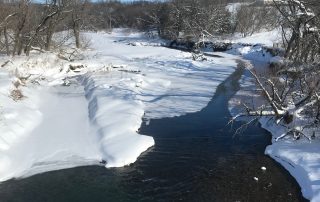Reference Materials (Links)
Upper Iowa IWA Project Final Report Staff Beaver Creek Final Report - Iowa Publications Online 2012 Ag Census Web Maps, Overview | USDA/NASS Advanced Hydrologic Prediction Service: La Crosse Allamakee County Environmental Health Biodiversity Information Serving Our Nation (BISON) BioNet - Iowa DNR Biological Monitoring and Assessment Database Climate Change Has 'Loaded The Dice' On The Frequency Of 100-Year Floods | HuffPost Consumer Confidence Report for 1999-2017 | City of Decorah Iowa Decorah Bicycles: Travis & Josie Decorah Parks System - Decorah Park & Recreation Department Des Moines Register: Iowa water pollution is getting much worse and killing the [...]

